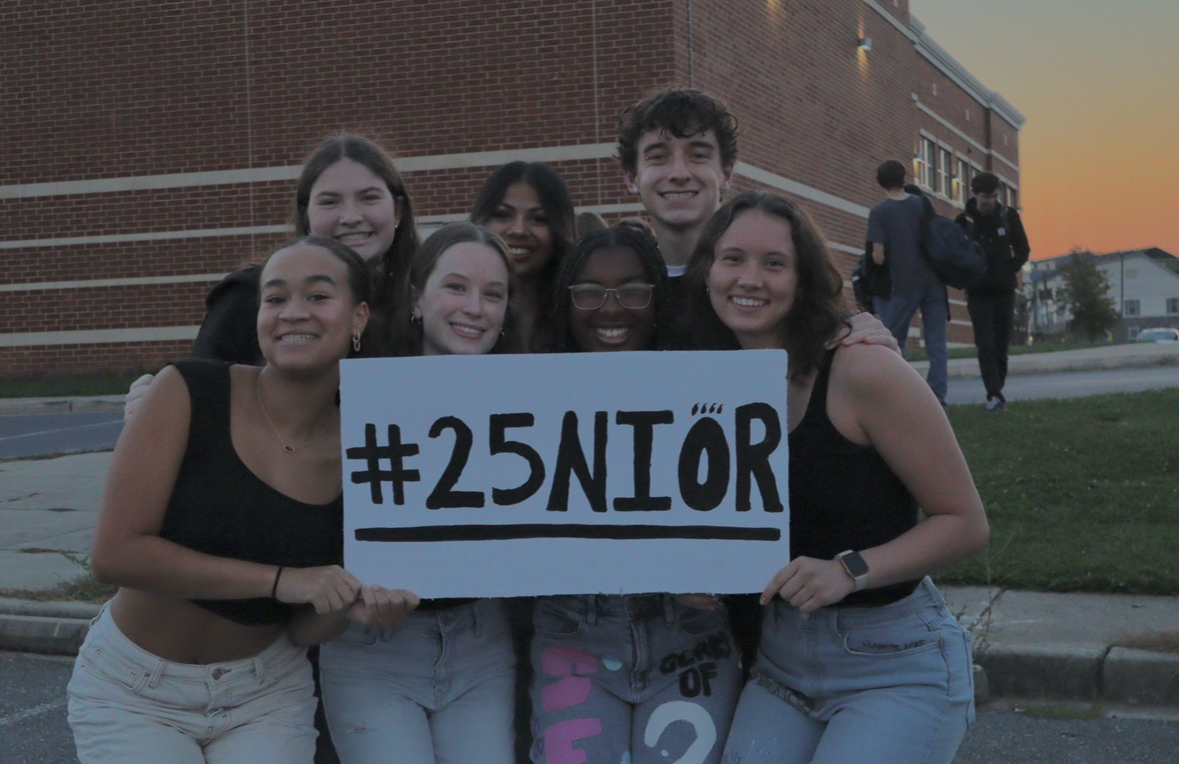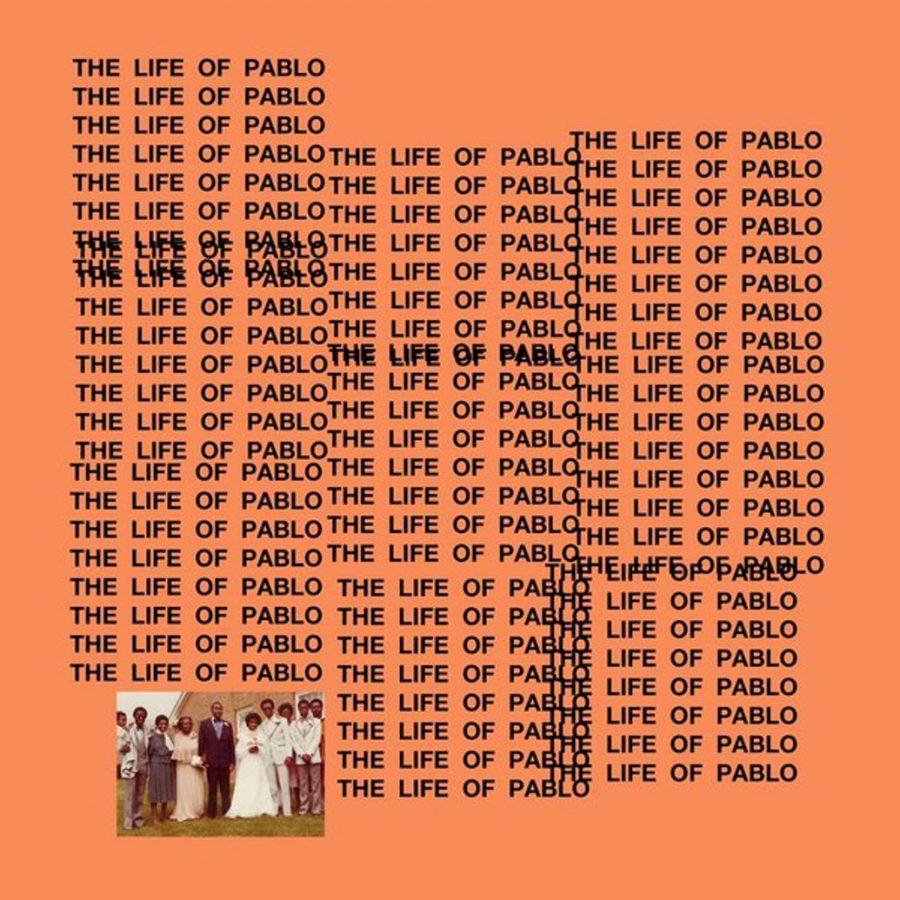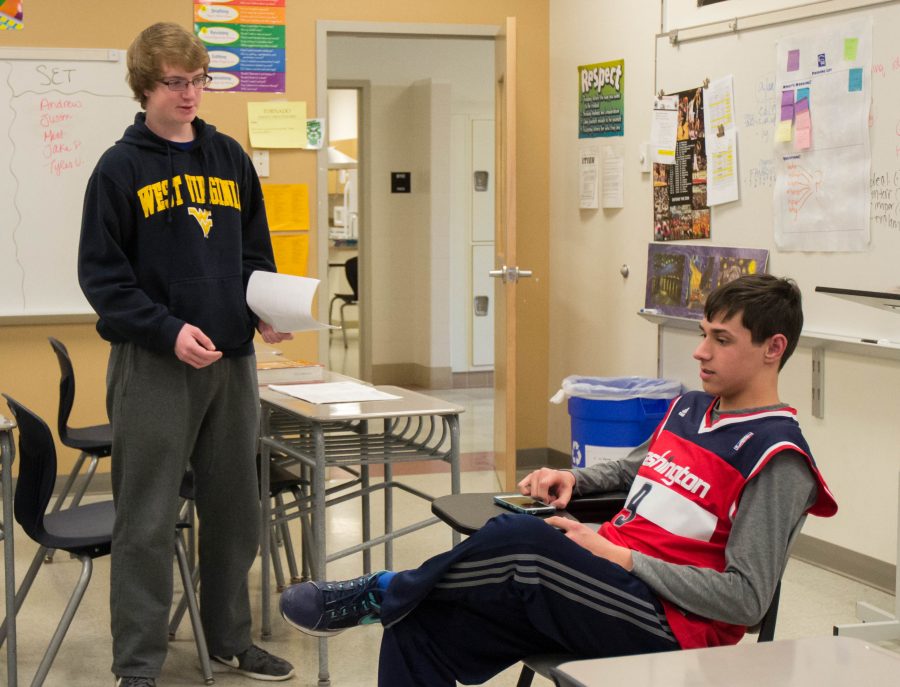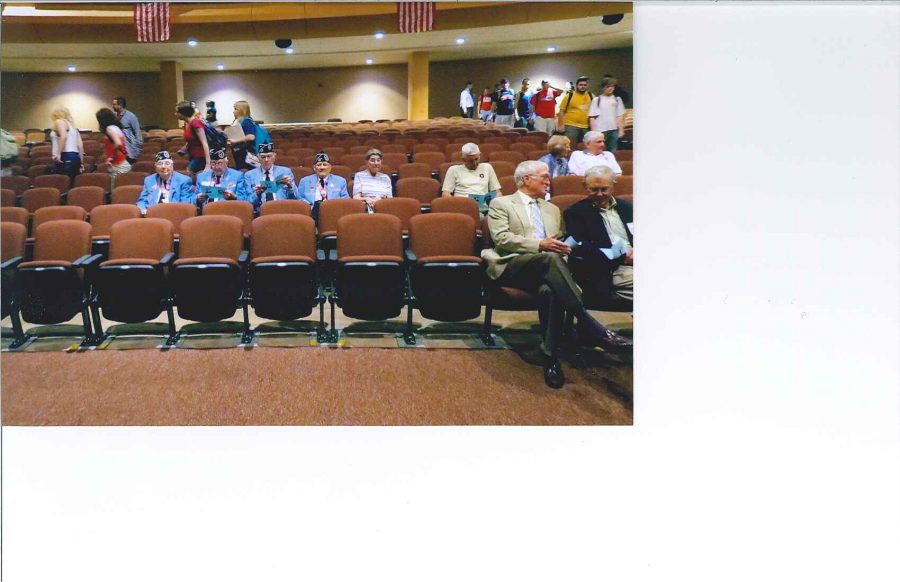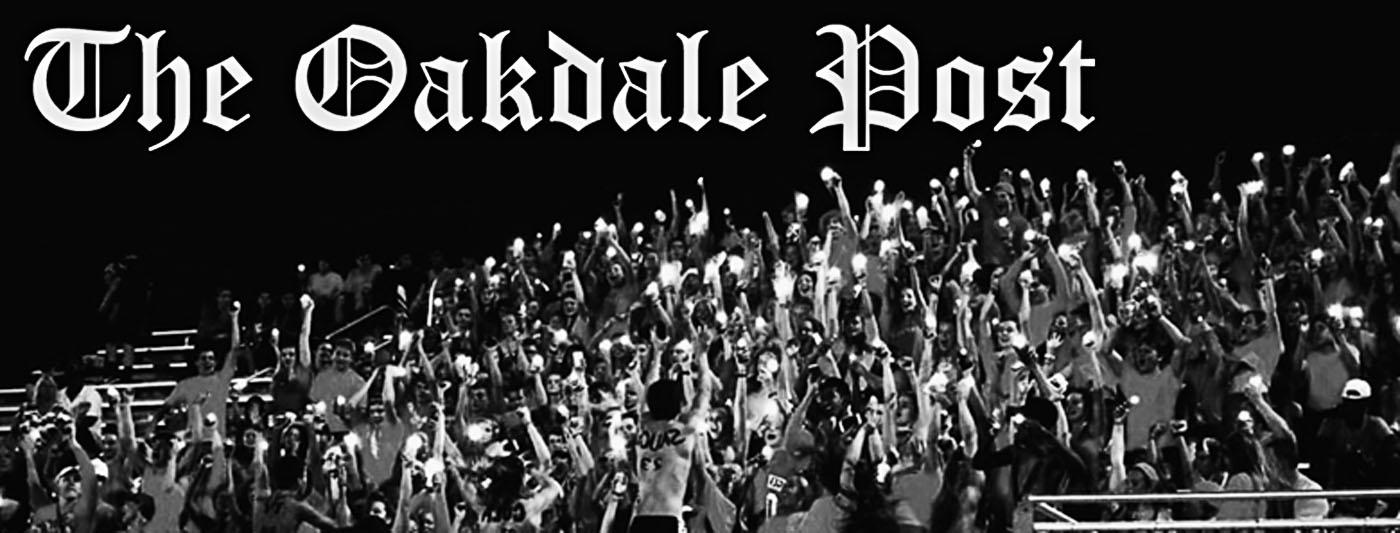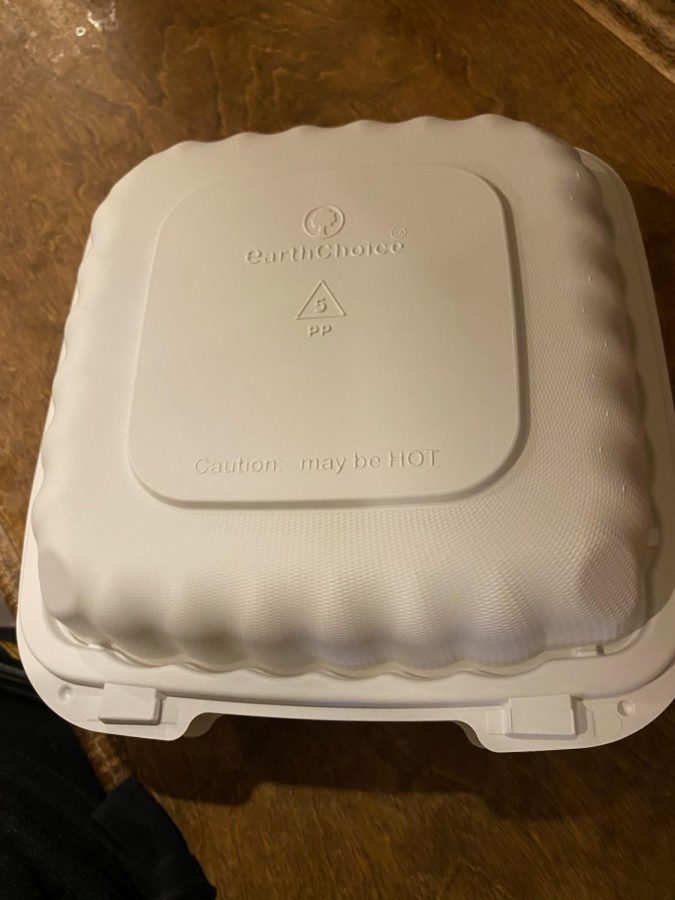Maryland’s Foam Food Container Bans Impact on Environment and Restaurants
Picture of recycled plastic to-go container at Averys Maryland Grille
October 28, 2020
Styrofoam has been one of the biggest threats to our health and our world. To combat this, Maryland has recently become the first state to ban the sale of styrofoam products. Environmentally, this could be seen as one of the best choices Maryland could’ve taken. But, for some, this ban could severely impact their lives.
About a week after Maryland Governor Larry Hogan declared a state of emergency in March due to the COVID-19 outbreak, he issued an order called “Extending Certain Licenses, Permits, Registrations, and Other Governmental Authorizations, and Authorizing Suspension of Legal Time Requirements” to which the Maryland Department of the Environment announced that the deadline of the ban would be extended until October 1 instead of July 1. Individual county officials are in charge of enforcing the ban and are able to issue $250.00 fines towards businesses who do not comply.
This ban impacts places such as restaurants, schools, movie theaters, bakeries, and any other establishments that used styrofoam products including styrofoam cups, containers, and trays. There are exceptions to this ban that don’t make Maryland 100% styrofoam free, since it cannot stop foam products packaged outside of Maryland from being sold.
Styrofoam is known for being non-biodegradable, but there is a lot more to it than that. Styrofoam is made of polystyrene which has the foundational ingredient of styrene. Styrene has been established as a human carcinogen or a cancer causing chemical. People who work with manufacturing styrene products, or have been exposed to high levels of styrene, experience negative health effects and can worsen if exposure is prolonged. When styrofoam is used as a food container, harmful chemicals can go into the food; especially if the container is heated.
Along with health factors, environmental factors are also plentiful. Due to it being resistant to photolysis – the breaking down of materials – containers and other products have piled up all around the world and is the leading marine debris.
“The whole production [of styrofoam] is an environmental hazard” says Beth Nave, an environmental studies teacher at Oakdale. Manufacturing styrofoam releases at least 57 chemical byproducts, which can create heavy pollution contributing to the acceleration of climate change.
Restaurants are one of the most impacted by this ban, due to the need to change their take out containers, especially with the new importance of takeout in the midst of the pandemic. Styrofoam is an affordable container with good performance. Alternatives are more expensive and don’t work as well.
Nikki Masser, nighttime kitchen manager at restaurant/bar Wags, described their alternative decision trouble: “Cardboard is a little cheaper [than plastic] and it’s covered in some kind of water repellent… gonna keep the grease from falling through.” Wags’ main dish is burgers; therefore, paper and other flimsy products would not work due to grease absorption.
When asked if Masser believed the ban would negatively affect the business, her answer was unexpected: “I think it will positively affect [the business], ‘cause I’ve had multiple customers that have left here saying that they would come back more frequently if we did not use styrofoam.”
However, for many businesses styrofoam is often depended on due to it being durable and cost-effective as well as being effective at maintaining food temperature and quality. Alternatives do not keep temperatures, may fall apart, and overall do not provide the same performance as styrofoam.
To add to that, they can be twice or even triple the cost of styrofoam. For example, Averys Maryland Grill is using recycled plastic takeout containers which cost “8 cents a piece opposed to 3 cents for the foam” says the owner, Steve Polcari. This quickly can put many businesses to an end especially since many places are already suffering during the pandemic.
Another side of the story is that the foam ban “is to appease people in a misleading way” said Nave.
She kept note that the ban is a good thing but it isn’t all great as some may think. “All this stuff ends up in our landfill regardless right now because we don’t have a good recycling solution” she stated when talking about alternatives to styrofoam.
She also expressed that no matter what people use it will still be detrimental and the real focus should be on finding a better solution to it all.
The styrofoam ban has yet to have its full impact. Environmentally, it is a great step for Maryland and a good start for the United States. Although, some businesses may be forced to close down due to inability to pay for alternatives. Whether or not the foam ban is good or bad depends on who is asked and the topic you are asking about.




















